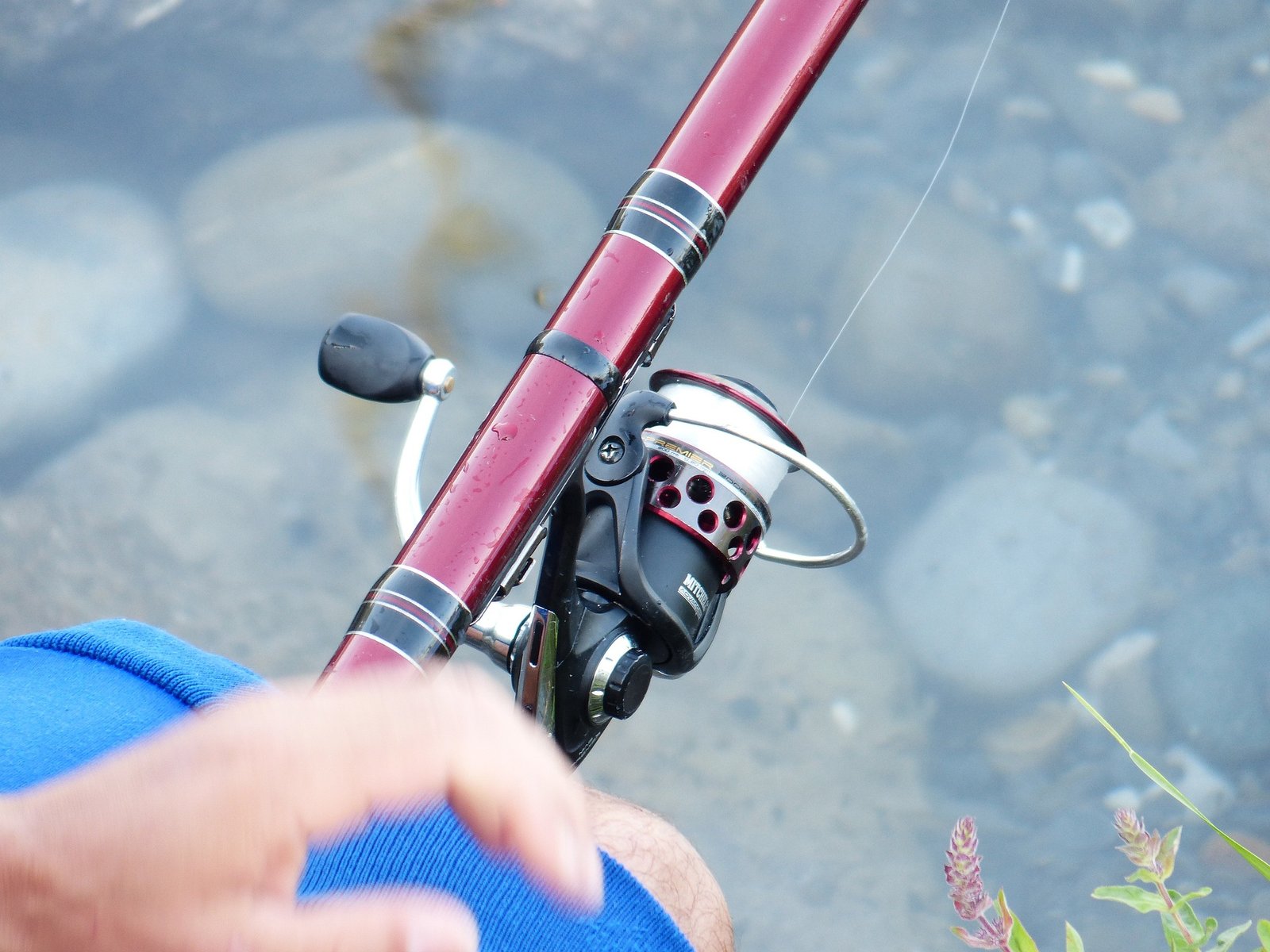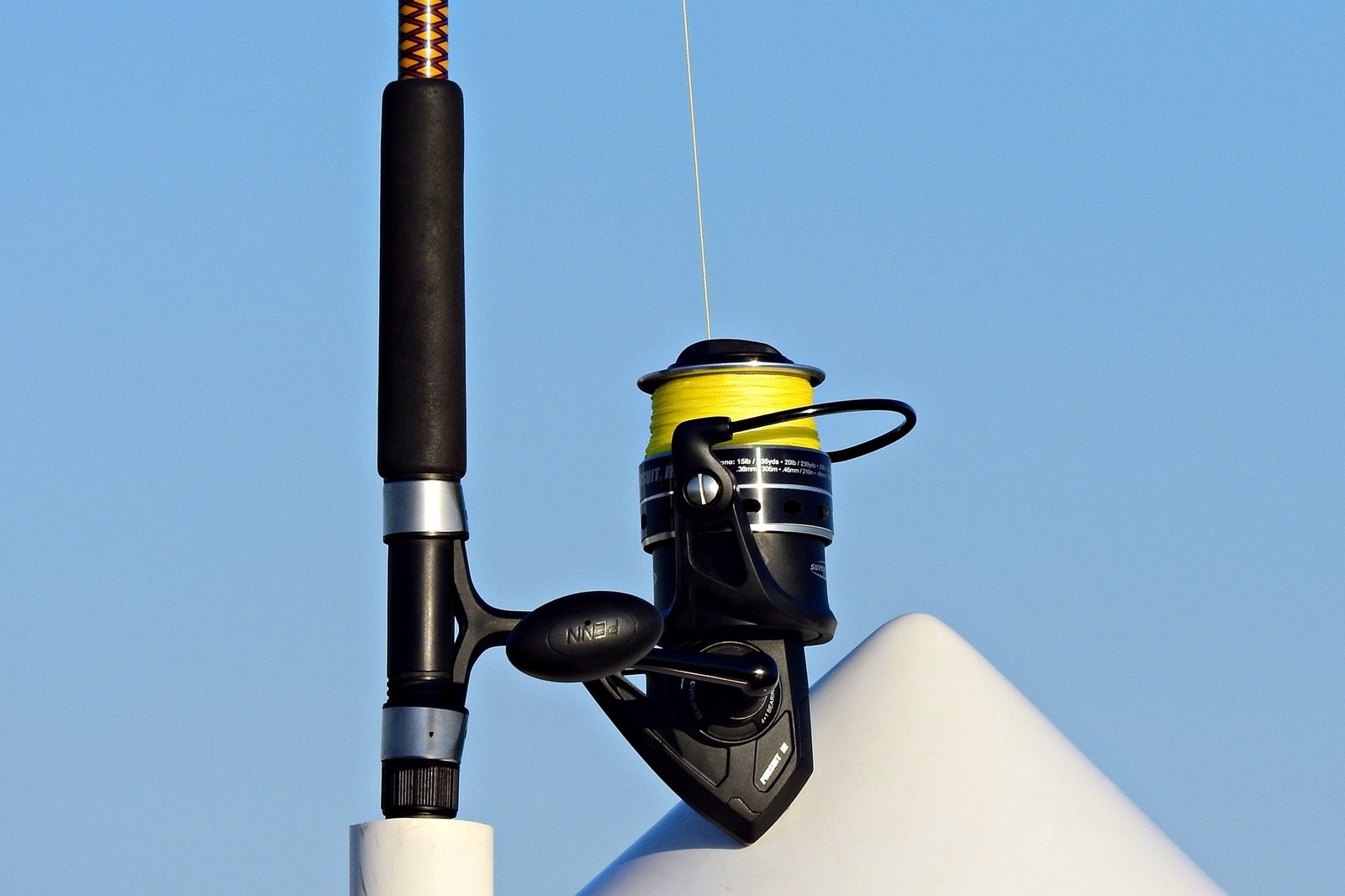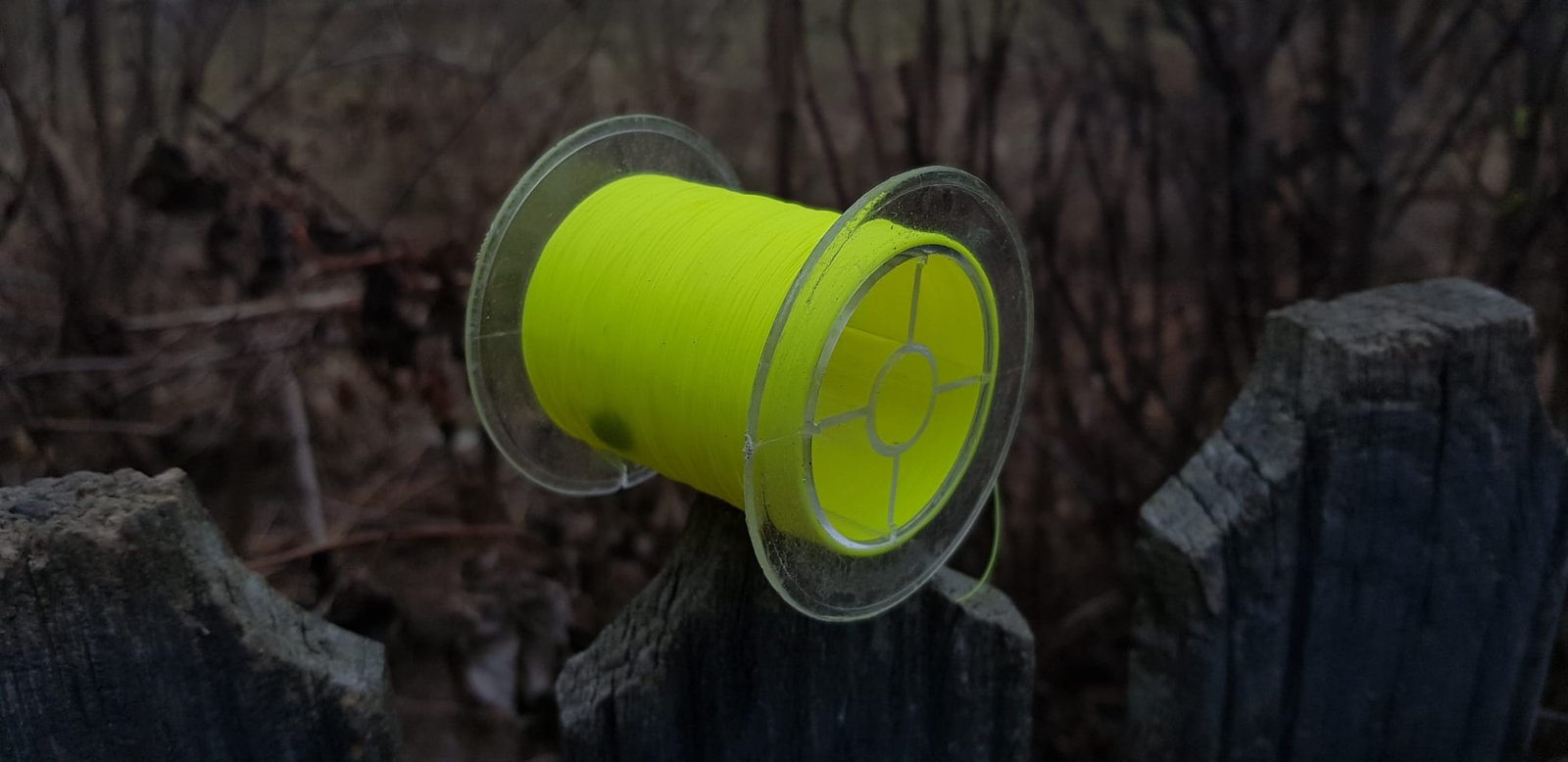
Along the rods, fly fishing lines are the most important equipment if you want to actually catch fish with a fly.
As opposed to the most common types of fishing (with spinning and baitcasting reels), choosing a fly line will make or break your fly presentation.
If you go a little heavier in weight, or choose a slightly different taper than ideal, it won’t be too big of a problem.
But you shouldn’t pick a line off the shelve randomly, that’s my point.
You must consider weight, taper, type, and ultimately things like color and materials.
After you learn how to choose these for your specific conditions, you need some quality lines from an established company, to make sure they do what the package says and they’ll last for a long time.
And that’s why today I compiled a list for you of the best fly fishing lines on the market and I’ll also show you how to choose the perfect line for you.
So, without further ado, let’s see the best fly fishing lines for 2024.
Fly Line Basics
If you’re completely new to fly fishing, you must understand these key concepts I’ll show you below.
I know what you’re thinking. Fly fishing is definitely more challenging and has a steeper learning curve, but catching any fish with fly tackle is very rewarding. So let’s get into it.
Fly Line Weight and Types
Fly lines come in various weights, ranging from 1 to 15. The weight of the line you choose will depend on the type of fish you’re targeting and the size of your fly rod. For example, if you’re targeting small trout in a stream, a 4-weight line would be appropriate. However, if you’re going after larger fish in saltwater, you’ll need a heavier line, such as a 9 or 10 weight.
A heavier line will allow for longer casts, but may sacrifice control. A lighter line will provide more control, but may limit casting distance. It’s important to find the right balance between these two factors to achieve the best casting performance.
There are 4 main types of fly fishing lines:
- Floating Lines – these are the most common and are used for dry fly fishing and topwater presentations.
- Sinking Lines – they are used for fishing subsurface and come in various sink rates, from slow to fast. Keep in mind that the terms used for sink rates might vary from company to company. A type 1
- Weight-forward lines – these are designed to load the rod quickly, making them ideal for beginners. They usually have a larger taper towards the front: the lighter the taper the finer the presentation.
- Double taper lines: They are more versatile and can be used for a variety of fishing techniques.
Fly Line Tapers
Fly line tapers refer to the shape of the line and how it distributes weight along its length.
The most common tapers are weight-forward and double taper. Weight-forward lines have the majority of their weight in the first 30 feet of the line, making them easier to cast and ideal for beginners.
Double taper lines have a gradual taper from both ends, making them more versatile and better suited for delicate presentations.
Some sinking lines may have a level taper, which means they have a uniform diameter throughout, but these are less common.
Another thing to keep in mind is that a line with a longer front taper will provide more sensitivity, while a line with a shorter front taper will provide more accuracy.
Fly Line Materials and Coatings
Fly lines are typically made from PVC coating, which provides durability and buoyancy. Some lines also have additional coatings, such as slick coatings that reduce friction and improve casting distance.
The color of the line can also affect its performance, with brighter colors being easier for you to see and darker colors being less visible to fish.
Choosing the Right Fly Line for the Species

Different species of fish require different types of fly lines. In this section, I’ll cover the best fly lines for trout, bass, and panfish, as well as saltwater species.
Best Fly Lines for Trout
Trout fishing is one of the most popular types of fly fishing. For trout, the best fly lines are usually weight-forward (WF) floating lines. These lines are designed to provide a good balance of casting distance and accuracy. They are also great for making delicate presentations.
In deep lakes or fast-moving rivers where you need to get nymphs or streamers down quickly, a sinking or sink-tip line might be necessary.
A weight between 4-6 is ideal. 4 for smaller trout and 6 for the larger trout in lakes.
One of the best fly lines for trout is the Rio Gold Fly Line. This line has a long head and back taper, which allows for great loop stability and control. It also has a unique taper design that helps to transfer energy more efficiently.
Top Picks for Bass Fly Fishing
Bass fly fishing requires a different type of line than trout fishing. Bass are typically larger and more aggressive, so you need a line that can handle heavier flies. For bass fly fishing, the best fly line is usually a weight-forward (WF) floating line with a short, powerful head. This is if you’re fishing in lily pads or other surface structures.
For fishing deep water or during cold months when bass are deeper, a sinking or sink-tip line can be very effective to get the flies down to where the fish are holding.
A 6 weight line is good for smallmouth bass, and you can go up to an 8 for larger largemouth.
One of the top picks for bass fly fishing is the Scientific Anglers Mastery Bass Bug Fly Line. This line is designed specifically for bass fishing and has a short, aggressive head that can turn over large, wind-resistant flies.
Fly Lines for Panfish and Other Species
Panfish and other species like crappie, bluegill, and sunfish require a different type of fly line than trout or bass. These fish are typically smaller and less aggressive, so you need a line that can make delicate presentations and handle lighter flies.
But it all depends on the season you’re fishing in. In spring and fall, when crappie move in shallower water, a floating weight-forward line is best. In summer and winter, a sinking line is necessary.
A 3 weight will be a lot of fun to use. But for more versatility, a 4 or 5 is best.
One of the best fly lines for panfish and other species is the Orvis Hydros Trout Fly Line. This line has a longer front taper and a more gradual rear taper, which allows for great control and presentation. It also has a high-floating design, which helps to keep the line on the surface for better visibility.
Saltwater Species
Saltwater environments often require heavier lines and more durable materials due to the larger fish species and harsh conditions. Weight forward floating lines are common for fishing on the flats and inshore.
For species that feed on the surface, a floating line is ideal.
An 8 weight line is a good all-around choice for many inshore species like bonefish, redfish, and sea trout. A 9 to 10 weight line is suitable for larger inshore species and some smaller offshore species. From 10 and above, these lines are for big game fishing.
When targeting fish in deeper water or when fishing offshore, a sinking or sink-tip line may be necessary to present the fly at the right depth. Saltwater fly lines are also specially designed to withstand the corrosive nature of saltwater and the intense UV exposure.
Best Fly Fishing Lines
Based on my experience and research, I recommend the following fly lines:
Scientific Anglers Amplitude MPX Taper Fly Line
))/2421944.json)
This fly line is a favorite among serious anglers for its ability to cast long distances with ease. It has a textured surface that reduces friction, making it ideal for casting in windy conditions. The line is also designed to float high on the water, making it easy to detect even the slightest bites.
See it on:
Orvis Clearwater Fly Line
))/2825972.json)
This fly line is another excellent option for serious anglers who demand high performance from their gear. It is designed to cast smoothly and accurately, with a weight-forward taper that helps to load the rod quickly. The line is also made with a braided monofilament core for added strength and durability.
See it on:
Rio Products Fly Line
))/3696492.json)
Rio Products offers a wide range of fly lines for different types of fishing. Their lines are known for their high quality and durability, making them a favorite among serious anglers. Whether you’re fishing for trout, bass, or saltwater species, Rio Products has a fly line that will meet your needs.
See them on:
Affordable Choices for Beginners
- Piscifun Sword Fly Fishing Line: This fly line is a great choice for beginners who are looking for a high-quality line at an affordable price. It is made with a braided core and a PVC coating, making it both strong and durable. The line is also designed to float high on the water, making it easy to see and detect bites.
- Orvis Clearwater WF Fly Fishing Line: While this line is also listed as a premium option, it is worth mentioning again as it is a great value for the price. It is a versatile line that can be used for both freshwater and saltwater fishing, making it a great choice for beginners who are still exploring different types of fishing. It is also designed to cast smoothly and accurately, making it easy for beginners to learn the basics of fly fishing.
When it comes to purchasing fly lines, I highly recommend visiting your local fly shop. The staff there will be able to provide you with expert advice on which line will work best for your specific rod and location. Investing in a high-quality fly line is essential for any serious angler, and the brands and options listed above are all excellent choices.
Frequently Asked Questions
What characteristics define a high-quality fly fishing line?
A high-quality fly fishing line should have properties such as durability, buoyancy, and suppleness. The material should be strong enough to handle the weight of the fish and the casting process. The line should be able to float on the water surface without sinking. It should also be supple enough to allow for easy casting and presentation of the fly.
How does fly line weight impact the fishing experience?
Fly line weight is an essential factor in fly fishing. The weight of the line determines the size of the fly and the type of fish you can catch. The weight of the line also affects the casting distance and accuracy. A heavier line can carry a larger fly and cast it further, while a lighter line is better suited for smaller flies and shorter casts.
Is there a significant difference between floating and sinking fly lines for distance casting?
There is a difference between floating and sinking fly lines when it comes to distance casting. Floating lines are better for casting distance because they are easier to manage and control in the air. Sinking lines are heavier and require more effort to cast, making them less suitable for distance casting.
Which fly line color offers the best visibility and stealth in various water conditions?
The color of the fly line should be chosen based on the water conditions. In clear water, a transparent or pale line offers the best visibility and stealth. In murky water, a darker line can be more visible and attract fish. A line with a high-visibility tip can also be useful for detecting strikes.
For a novice angler, what features should be considered when selecting a fly fishing line?
For a novice angler, the weight of the line, the length, and the taper should be considered when selecting a fly fishing line. A lighter line is easier to cast and control, while a longer line allows for more flexibility in casting distance. A line with a gradual taper is easier to cast and can provide better accuracy.
How do different fly line brands, like Scientific Anglers and RIO, compare in performance?
Different fly line brands have different properties and performance levels. Scientific Anglers and RIO are both reputable brands that offer high-quality fly lines. Scientific Anglers lines are known for their durability and versatility, while RIO lines are known for their smoothness and accuracy. The choice between brands ultimately comes down to personal preference and specific fishing needs.
As an Amazon Associates member, I might earn a commission when you buy through the links on this page, at no additional cost to you. Thanks for helping me do what I like.




